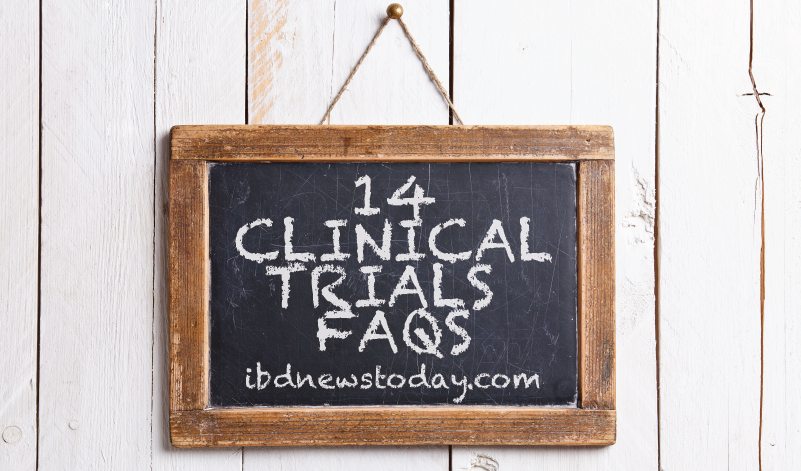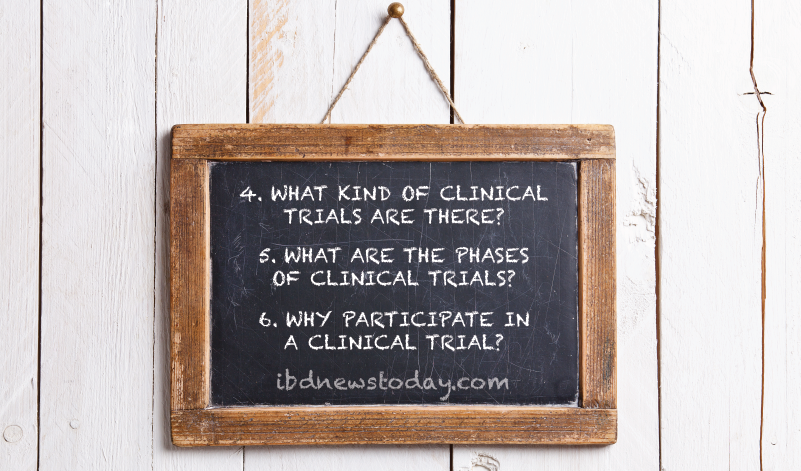4. What kind of clinical trials are there?
The type of trial that most people read about and consider enrolling in is called an interventional trial. This tests treatments that are not yet approved for use. Prevention trials are designed to stop medical conditions from occurring. Observational trials are used to look at health issues in large groups of people and do not involve treatment. Diagnostic and screening trials are intended to detect and diagnose medical problems.
5. What are the phases of clinical trials?
Developing a new medical treatment takes many years. The process is intended to best treat medical conditions without harming people. Before a medical treatment can even be tested in people, animal testing is absolutely required. As mentioned above, this phase is called pre-clinical testing. Animal testing is governed by three principals: 1) to reduce the use of animals to the minimum but still collect data indicating that the treatment is safe and effective in people, 2) minimize animal suffering and assure animal welfare as much as possible, 3) replace animal experiments with other alternatives when possible.
Phase I testing is the first step in humans. The purpose is to determine safety and to evaluate side effects. Phase I studies also test how the drug is absorbed, distributed and eliminated from the body. Often people who do not have the disease (healthy individuals) participate in Phase I. The number of people involved at this stage is usually small.
Phase II trials are sometimes divided into Phase IIA and Phase IIB. Sometimes these two sub-phases are combined. Phase II trials further assess dosing and are designed to determine the best drug dose to use and how much of a dose is safe. Phase II studies can also measure efficacy and safety testing in small numbers of participants. Often a treatment must pass Phase II in order to proceed to Phase III.
Most reports of medical treatment studies focus on Phase III trials. These are the large trials that are required for a drug or other treatment to receive approval for use. The purpose of this phase is to test efficacy and safety as well as to monitor for side effects. The main drug effects are often called the primary efficacy endpoints. Other measurements may be called the secondary endpoints.
Sometimes researchers conduct Phase IV trials after a drug has been approved. These trials collect additional information about the drug or treatment.
6. Why participate in a clinical trial?
There are several reasons to participate in a clinical trial. One is to get access to a treatment that is not otherwise available. The treatment may be better than others available for the condition. A risk however, could be that the treatment is not better or even has side effects. Treatments in clinical trials are typically free to the participants.
Clinical trials also help to advance science and to generally help other people with the medical condition being studied. They may help with making a new treatment available, but could also improve the general understanding of the disease.
Sometimes there are other incentives to participating in a clinical trial. Participants may receive some reimbursement or they may receive additional benefits, such as counseling or educational materials. These benefits are detailed in any documentation the participants are given before the trial starts.


